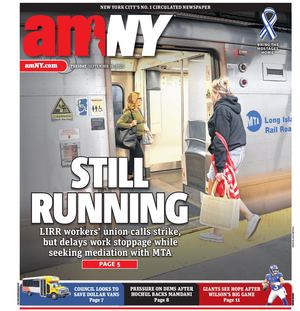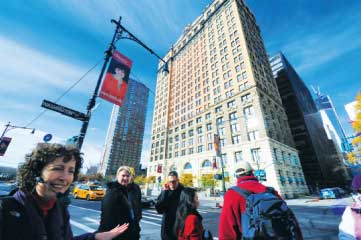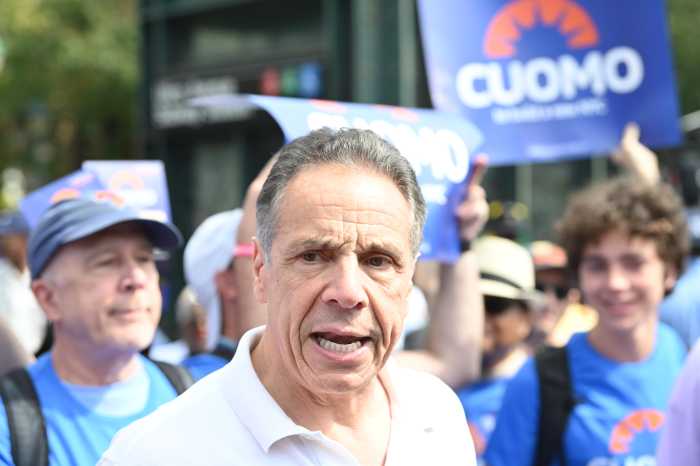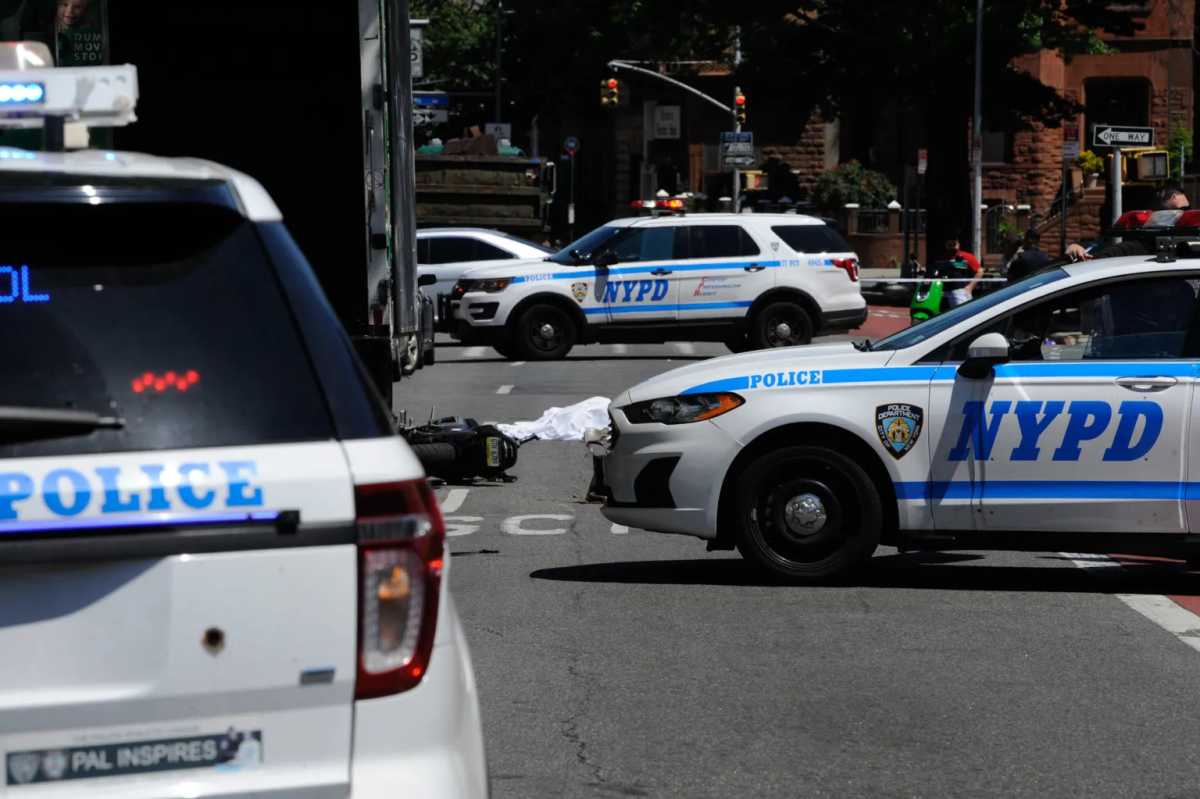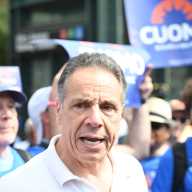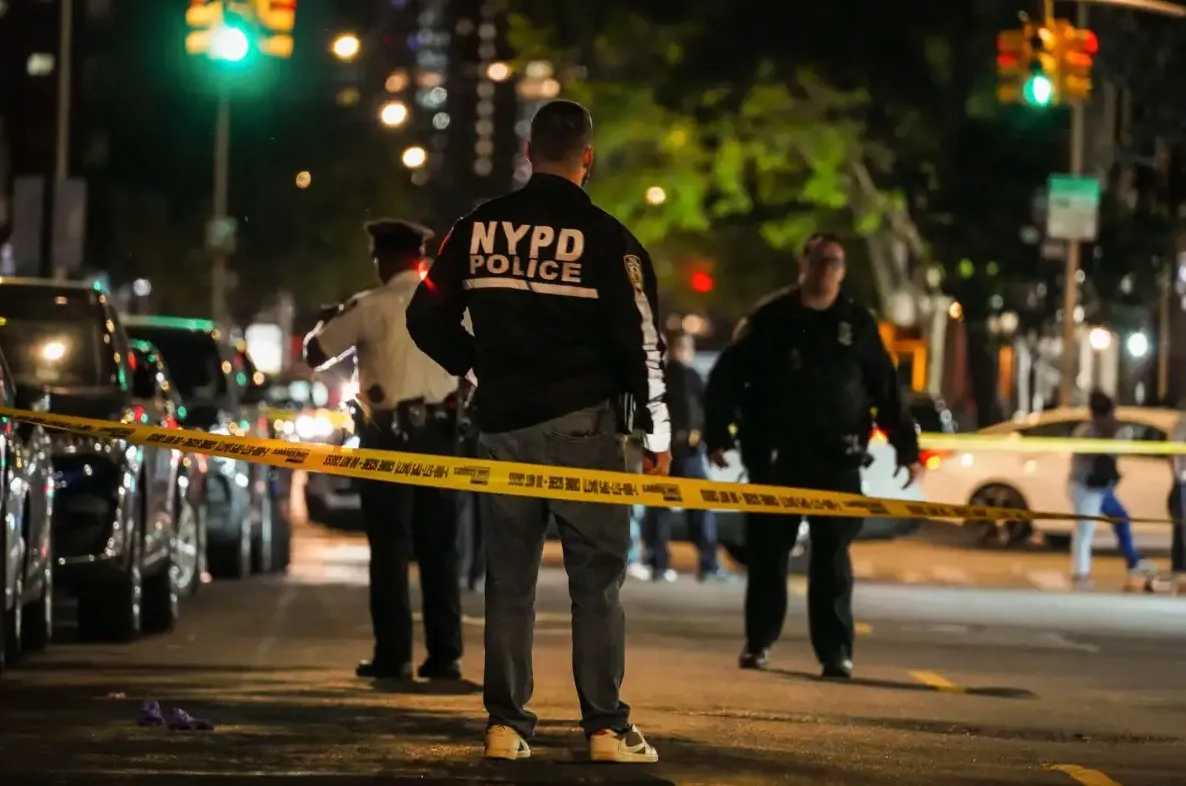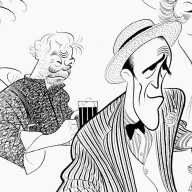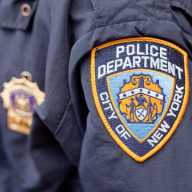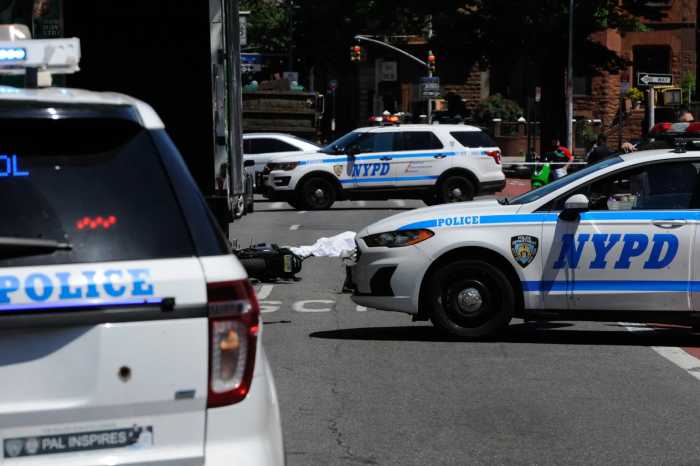
Starting at 55 Wall St., Dinkelmann showed a map of Dutch New Amsterdam and pointed out how much of Lower Manhattan rests on landfill — vulnerable to Sandy’s incursions. At Broad and Nassau Streets, a head of steam coming out of a grate in the street proved to be a Sandy artifact. Many buildings in the area are heated by steam, Dinkelmann told the group, and were without heat when flooded boilers failed. The steam came back on in that area around a week after the storm.
In front of the New York Stock Exchange, Dinkelmann said that it continued to run during and after Sandy because it had back-up generators. She also explained that after 9/11, the U.S. government implemented new regulations for business continuity planning. Companies such as the Stock Exchange were required to have back-up sites geographically removed from their main site so that business could go forward. At first these sites were 50 miles away, she said, then 100 miles. Now, with new technology, they can even be in another country. The New York Stock Exchange has a back-up site in London.
Dinkelmann said that she began her research for the Sandy tour four days after the storm had departed. She walked through the entire Financial District, taking photos and notes.
A trek through the area with Sandy in mind provided clues as to why some buildings suffered more than others. Slight variations in terrain turned out to be significant. A sloping street would cause water to run downhill and pool at the end of it.
Broad Street, as Dinkelmann pointed out to the tour group, had a canal running through it in Dutch times. The wide street was a perfect conduit for Sandy’s bloated waters. It turns out, in fact, that the Dutch canal was actually an inlet of the East River. Dinkelmann said that in many cases, Sandy’s water found its old paths and tore through what humans had interposed. Pumping equipment still lined much of Broad Street, with sandbags, plywood and trash strewn around it.
As the group crossed State Street to the east of Battery Park, Dinkelmann called attention to a light wind. That was where the Dutch had their windmills, she said. The natural winds in that area stirred Sandy’s winds to even greater fury.
The periphery of Battery Park was hard hit — the center, relatively intact.
In addition to showing Sandy damage, Dinkelmann wanted to show that Lower Manhattan was not a wasteland. After a herculean cleanup effort, some stores had reopened. They are eager to have customers know they’re back.
Dinkelmann’s “Sandy” tours take place at 1 p.m. on weekends and cost $25. She is donating the profits to the South Street Seaport Museum, whose lower floors were badly damaged by Sandy. For more information and to sign up for a tour, go to www.wallstreetwalks.com/sandy.phpx.
